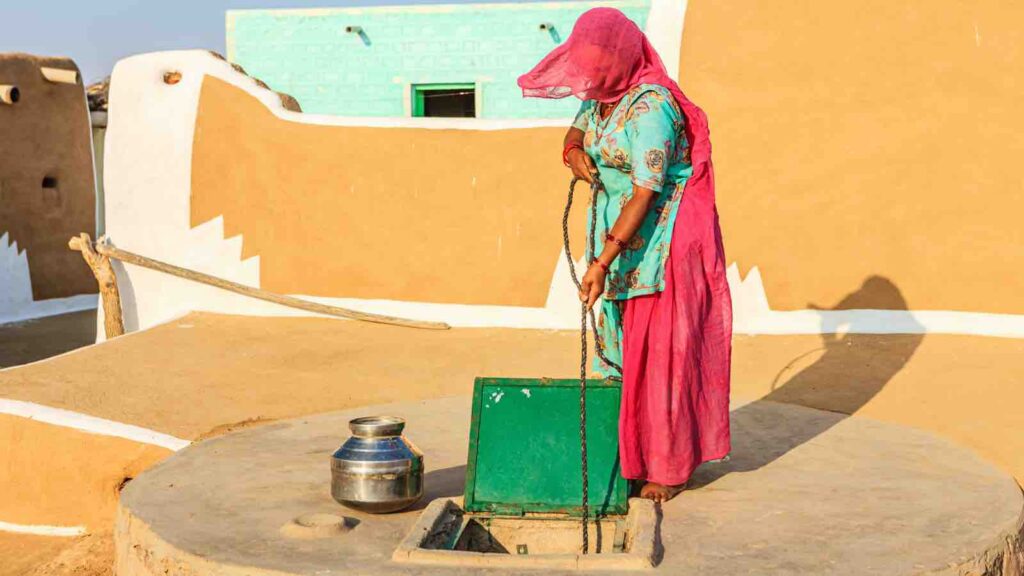In poor households without taps, the responsibility for collecting water typically falls on women and girls. As climate change makes water scarcer and they have to travel further and spend more time fetching it, their welfare suffers.
As the global climate crisis intensifies, new research reveals its disproportionate impact on women, particularly in developing nations. Yet, despite mounting evidence, progress on gender equality in climate action remains frustratingly slow at the international level.
RELEVANT SUSTAINABLE GOALS



Climate Change to Increase Women’s Water Collection Burden Globally
A study by the Potsdam Institute for Climate Impact Research (PIK) paints a stark picture of the future: by 2050, climate change could force women worldwide to spend up to 30% more time collecting water. This increase in “time poverty” not only affects women’s physical and mental health but also hampers their educational and economic opportunities.
“Even when people talk about gendered climate impacts, there is very little attention on time poverty and how that affects someone’s ability to improve their life,” said Robert Carr, the study’s lead author.
The economic toll is equally concerning. The cost of lost working time for women due to climate-related tasks could reach hundreds of millions of dollars per country annually by mid-century.
These findings underscore a broader pattern of gender inequality in climate impacts. Female-headed rural households face higher income losses from extreme weather events, while rates of child marriage and violence against women often spike during climate disasters.
Progress in The Gender-Responsibe Climate Action
Despite such alarming trends, progress in addressing gender issues within the UN climate process has been glacial. At June’s Bonn climate talks, governments made little headway in strengthening the Lima Work Programme on Gender (LWP), the UN’s primary initiative for gender-responsive climate action.
The lack of progress is reflected in persistent gender imbalances in climate negotiations. Women comprised only 34% of government delegations at COP28, unchanged from a decade ago. The controversy surrounding Azerbaijan’s initially all-male COP29 organizing committee further highlighted the ongoing challenges.
Mwanahamisi Singano of the Women’s Environment and Development Organisation (WEDO) noted that “time has not been the magic ingredient in bridging disparities between women and men in participation.”
While there has been some progress at the national level, with more countries incorporating gender considerations into their climate plans, advocates argue that much more needs to be done. Only a third of countries currently include access to sexual, maternal, and newborn health services in their climate commitments, according to a UN Population Fund report.
Road to COP29
Looking ahead to COP29 and the submission of updated national climate plans next year, gender advocates are pushing for more ambitious and actionable targets. They emphasize the need for intersectional approaches that recognize how gender interacts with other aspects of identity to create overlapping systems of discrimination.
“We have so much evidence now that climate policies just aren’t as efficient if they are not gender-transformative,” said Sascha Gabizon, executive director of Women Engage for a Common Future International.
As the climate crisis accelerates, the urgency of addressing its gendered impacts has never been clearer. The challenge now lies in translating the growing body of evidence into concrete action at both the international and national levels. The coming year may prove pivotal in determining whether the global community can rise to this challenge and ensure that climate policies truly work for all.
Lead image courtesy of Hadynyah from Getty Images Signature
You may also be interested in :
Gender Parity Still 134 Years Away, World Economic Forum Finds



